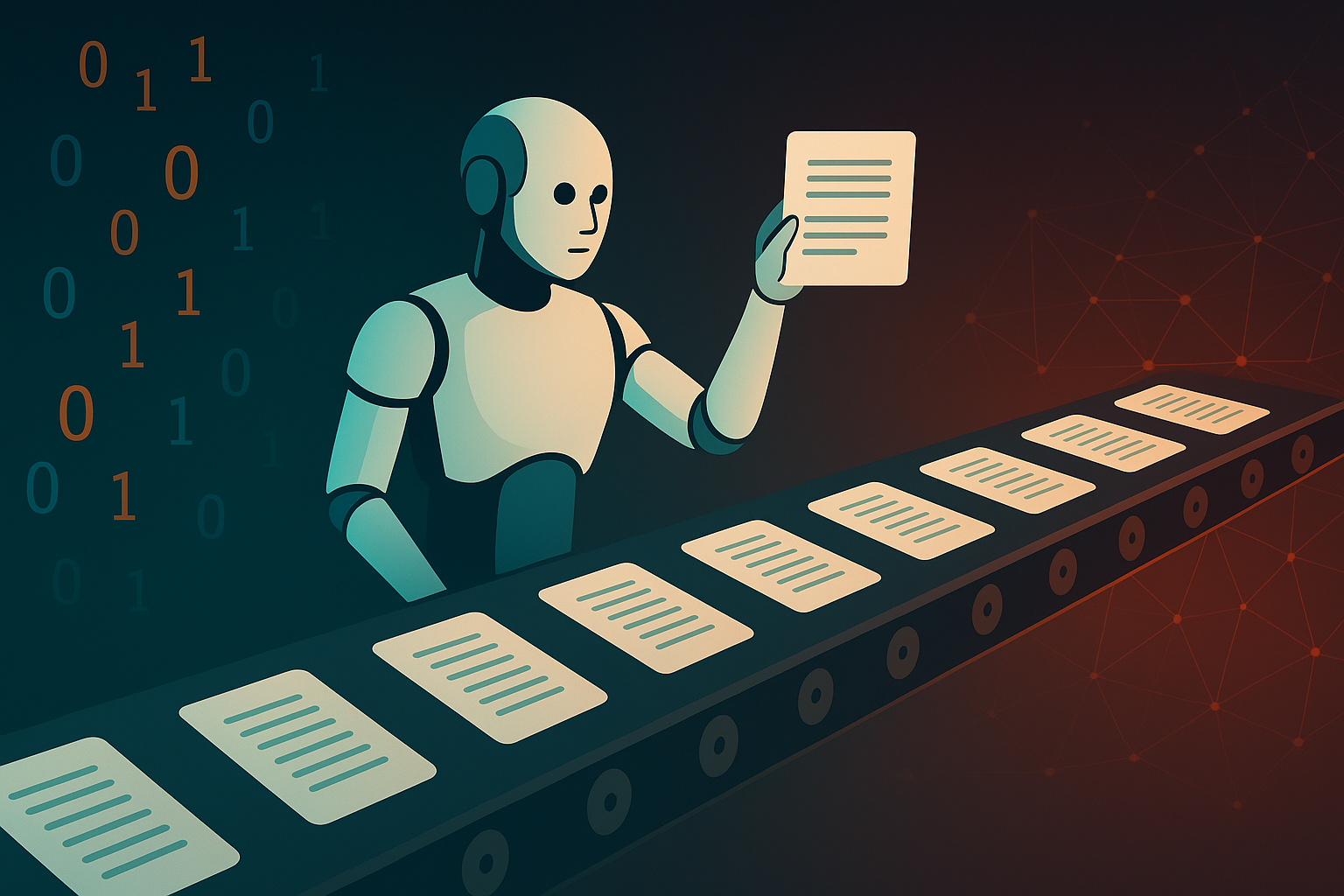This background process, known as re-ranking, plays a critical role in making their answers accurate and useful.
Understanding how this works sheds light on how these systems might impact content strategy, web design, and competitive positioning online.
From Search to Selection: A Different Workflow
When an AI agent is asked to perform a task that requires information from the web, the first step is typically a conventional search. It may use a search engine API or a custom index to retrieve dozens or even hundreds of results. But rather than relying on the original order returned by the search engine, the agent performs its own ranking of the pages based on what’s actually useful for the task.
The goal is not to find the most popular page, but the page that will produce the most helpful snippet for the specific task the AI is working on.
What Makes a Page “Useful” to an AI Agent?
Re-ranking involves scoring each page using a variety of signals. These are not the same as the factors that influence SEO rankings. Instead, they reflect how well a page is likely to support reasoning or answer a precise question.
Here are the most important factors:
Topical Focus
Pages that stay on-topic throughout are more likely to rank highly. For example, a dedicated guide to freelance tax deductions is more useful than a general list of financial tips.
Pages that meander across multiple subjects or mix in unrelated content are less likely to make the cut.
Clarity and Depth
AI agents need content that can be broken into concise, informative chunks. This means:
- Straightforward language is better than jargon
- Clear paragraphs are better than tables or dropdowns
- Explanatory passages are better than product lists
Listicles, catalogs, and comparison charts may perform well in traditional SEO, but they offer little value to agents seeking coherent, paragraph-level context.
Semantic Relevance
Using tools like vector embeddings, the agent measures how closely the page’s content aligns semantically with the query. This goes beyond keyword matching. It includes:
- Thematic similarity
- Matching intent
- Related concepts that might not use the same words
This allows agents to find relevant content even when the language doesn't exactly match the original query.
Content Diversity
To avoid repetition, agents often apply a diversity filter when selecting final pages. If multiple pages say the same thing in slightly different ways, only one is kept.
This ensures that the small set of snippets ultimately passed to the LLM provides a broader and more balanced picture.
Trust Signals
Some trust indicators also play a role. While AI agents don’t make value judgments in the way humans do, they can score content based on:
- Domain type (.gov or .edu)
- Publication metadata (date, author)
- Citation structure or source transparency
Original reporting or primary source material is more likely to be included than thin rewrites or affiliate summaries.
Filtering and Snippet Selection
Once re-ranking is complete, only a handful of the top-ranked pages are retained - usually fewer than ten. Within each of these, the agent identifies specific sections or snippets that are most likely to be useful.
Rather than sending an entire article to the LLM, the agent selects 1 to 3 key passages per page. These might include:
- A paragraph explaining a critical concept
- A section answering a question directly
- A concise summary or expert quote
The agent may also compress or reformat these snippets to ensure they fit within the LLM's token limits. This is essential because most large language models have a strict size limit for their input window.
Only the most relevant and digestible content survives this final filter.
Why This Matters
For businesses that rely on web visibility, this emerging approach presents new challenges - and opportunities.
An AI agent may never “see” your homepage if it doesn’t contain focused, structured, and readable content. Popularity alone won’t help if the content doesn’t align with the agent’s relevance and usability criteria.
On the other hand, well-written support pages, blog posts, FAQs, and documentation that go deep on a single topic may be exactly what the agent is looking for.
Pages that are designed for people still matter - but designing for machine readability is becoming just as important.
AI agents aren't just another search channel. They’re a new kind of audience - one that reads everything, picks carefully, and always has a purpose in mind. While these agents might only show the user a few carefully chosen snippets, the path to those snippets involves complex judgments about clarity, focus, and usefulness.
Understanding how re-ranking works can help organizations stay visible in a world where being first on Google is no longer enough.

